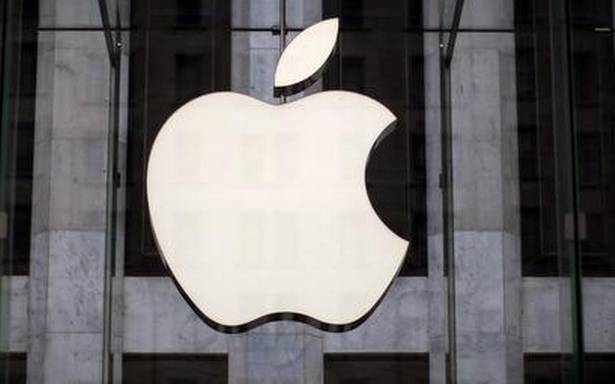Apple has released its fiscal report for the quarter ending September 2023, and from the looks of it, the company has once again been unable to report a profit. The Cupertino-headquartered tech titan reported its fourth consecutive quarterly revenue loss, a development that has garnered attention across the tech industry and financial markets. And while it managed to beat analyst estimates for its sales and earnings per share (EPS), several of its divisions – including its iPad and Mac businesses – saw drops for the fiscal fourth quarter.
Apple reported total revenue of $89.5 billion for the quarter, representing a 1% decrease from the previous quarter. While the decline was not entirely unexpected, it managed to surpass Wall Street’s predictions of $89.28 billion. The star performer in this mixed financial landscape was Apple’s iconic iPhone, which generated a record-breaking $43.81 billion in revenue and accounts for roughly half of Apple’s sales for the quarter. This achievement can be attributed to the introduction of the iPhone 15, even though it was launched just days before the end of the quarter.
Apple’s Mac and iPad lines experienced revenue declines of 34% and 10%, respectively. Mac sales dipped by 34% to $7.6 billion, with the company explaining that disruptions in its supply chain earlier in the year had pulled revenue into subsequent quarters. iPad sales followed a similar trajectory, dropping by 10% to reach $6.44 billion. Revenue from the company’s Wearables, Home, and Accessories segment dropped to $9.3 billion. For the twelve months ended September 2023, Apple’s revenue dropped to $383 billion as well, while its operating income for the fiscal quarter and the year amounted to $26.9 billion and $114.3 billion respectively.
“We now have our strongest lineup of products ever heading into the holiday season, including the iPhone 15 lineup and our first carbon-neutral Apple Watch models, a major milestone in our efforts to make all Apple products carbon neutral by 2030,” Cook said in an official statement. Apple’s diluted EPS for the quarter amounted to $1.46 per share, while the same for the fiscal year amounted to $6,13. Apple’s shares are currently trading at $175.59 per share.
“Our active installed base of devices has again reached a new all-time high across all products and all geographic segments, thanks to the strength of our ecosystem and unparalleled customer loyalty,” Luca Maestri, CFO of Apple, commented on the matter. “During the September quarter, our business performance drove double digit EPS growth and we returned nearly $25 billion to our shareholders, while continuing to invest in our long-term growth plans.”
While hardware sales experienced fluctuations, Apple’s services segment continued to shine. This category, encompassing the App Store, Apple Pay, Apple Card, and a variety of subscription services like Apple TV+ and Apple Music, posted an impressive $22.3 billion in revenue. This marked a 16.3% increase for the September quarter, hitting another all-time high. It’s worth noting that services are a critical component that enhances the overall value of Apple’s hardware offerings. Looking ahead, Maestri anticipates that the company’s revenue for the year-end 2023 quarter will remain relatively flat. This projection is influenced by the fact that the December quarter this year will span 13 weeks, as opposed to the 14 weeks in the year-earlier period. The additional week in the previous year had contributed approximately 7% to the quarter’s total revenue.
Moreover, Apple reported an astounding accomplishment of reaching one billion active subscriptions across all its products. This is a significant milestone, representing a doubling of the number in just three years. However, international markets, particularly China, do not paint a strong picture. Despite Apple’s efforts to expand its retail presence by opening new stores in India and China, the quarterly revenue from China fell short of analysts’ expectations, totaling $15.5 billion, compared to the predicted $16.8 billion, and marking an annual drop of 2.5%. A combination of fierce competition and regulatory actions have presented challenges to Apple’s presence in the region – something that the company has already been working on by shifting its production to other countries (namely, India). Apple’s revenue in Japan and the Asia-Pacific region showed similar results – revenue was down by 3.4% in Japan (to reach $5.5 billion) and 0.7% in the Asia-Pacific region (to reach $6.3 billion).
